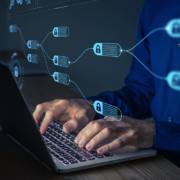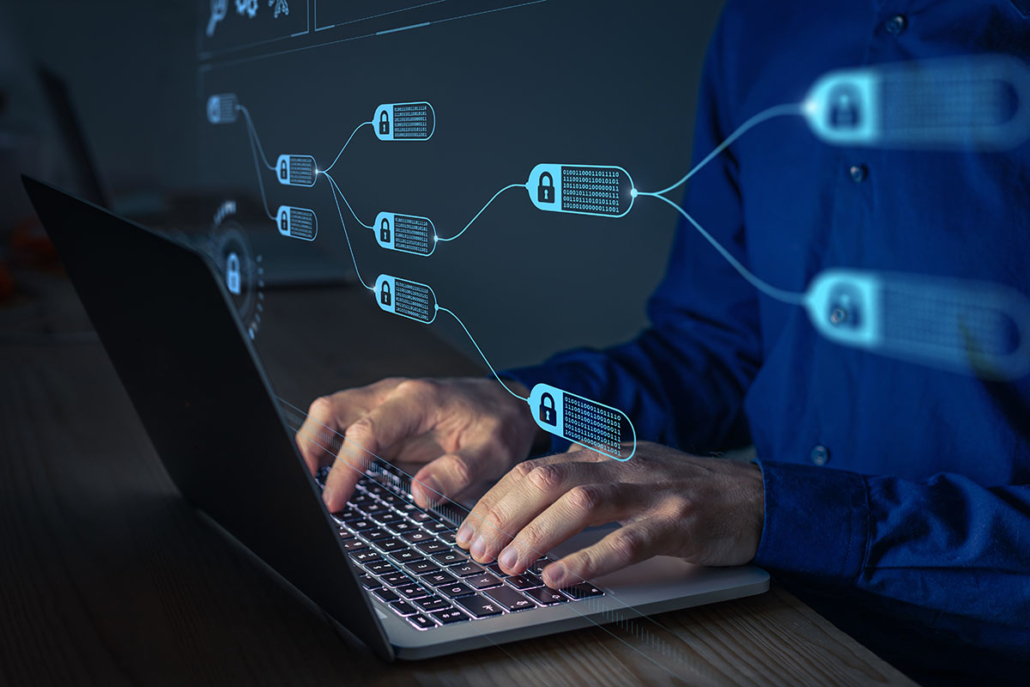Are you Aware-ness Week

January 31st thru February 4th of this year (2022) was Identity Theft Awareness Week, I bet you didn’t know that. This is in addition to the month of October being Cybersecurity Awareness month (established in 2003). Society has reached a milestone when it has to set aside a week to talk about Identity Theft. But in 2020 the number of cyber crimes rose 46% from the previous year, hitting over 4.7 million, and of that, 1.4 million were identity theft complaints. So yes, there’s definitely just cause for a week dedicated to “the talk”.
Companies that store information about their customers are prized targets for cyber criminals. In 2021, there were 1862 publicized data breaches (and countless unpublicized), that’s a jump of 68% from the year prior, with 83% of those attacks involving sensitive information. The pandemic is definitely a contributing factor to all of this, as companies shift from in-person sales to online and delivery retail. Professionals in the industry do not see the upward trend in attacks plateauing in the foreseeable future.
Some sobering statistics to dwell on:
- Ransomware-related data breaches have doubled in each of the past two years. At the current rate, ransomware attacks will surpass phishing as the number one root cause of data compromises in 2022.
- There were more cyberattack-related data compromises (1,603) in 2021 than all data compromises in 2020 (1,108).
- Compromises increased year-over-year (YoY) in every primary sector but one – Military – where there were no data breaches publicly disclosed. The Manufacturing & Utilities sector saw the largest percentage increase in data compromises at 217 percent over 2020.
- The number of data breach notices that do not reveal the root cause of a compromise (607) has grown by more than 190 percent since 2020.
Identity theft is big business, but an even bigger problem for those having to deal with it. The cost for consumers for 2020 was 56 billion. It can take six months for credit bureaus to be corrected, with roughly 200 hours and over one thousand dollars of time and money, for the average consumer to right what has been wronged. And if time and money were the only losses this story would be a travesty, but these additional and horrifying stats tell even more…
- 84% of victims of identity theft reported issues with their sleep habits.
- 77% reported increased levels of stress.
- 64% had problems with concentration
- 56% have persistent aches, pains, headaches or cramps.
With cyber criminals learning new tactics daily, it’s incumbent on businesses to be vigilant, and have all possible fail safes in place to protect customers’ and other sensitive information. For SMBs that cannot afford to have in-house IT support, you are especially vulnerable to attacks, and having a third-party support system in place could be the difference between preventing a breach, and having to pay to recover from one.
IF your company should find itself under attack, with a data breach, or compromised security, contact Betterchips immediately. The quicker Betterchips can get involved, the more likely your company’s digital assets can be saved or restored. Don’t let precious time go to waste, contact Betterchips now.










